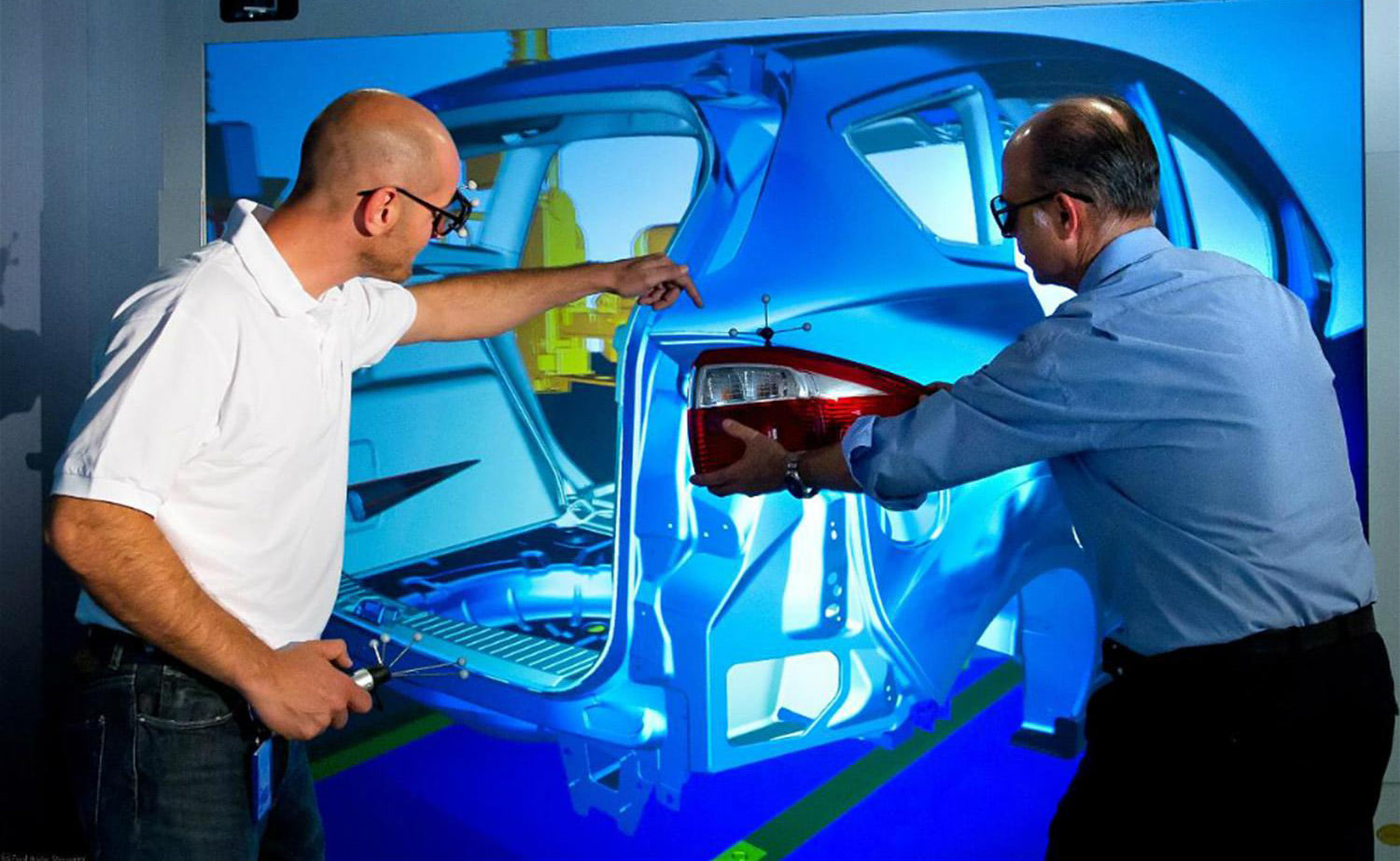Robots are coming for our jobs. Virtual reality is coming to make the jobs that remain easier to accomplish.
All of the world’s manufacturing sectors are in the process of applying VR to the dizzying number of tasks required all up and down the supply chain — from handling raw materials to shipping goods off to end-users. Don’t be surprised if the future of manufacturing looks quite a bit different than it does today thanks to this up-and-coming — and quickly maturing — technology.
Inventory Management
If you’ve never worked in a warehouse before, it might be difficult to imagine how useful virtual reality could be for the “picking” of orders. In shipment facilities, for example, several products may be gathered at once to be shipped together in the same container. In a FedEx or DHL facility, picking involves choosing the correct shipment from many, at the right time, and seeing it on toward the next part of the chain of custody.
The previous version of this paradigm required “pickers” to juggle handheld RFID or barcode scanners, sometimes while operating heavy machinery or dollies simultaneously. Virtual reality delivers the most important task-related information while keeping our hands unencumbered. Amazon.com and the U.S. Postal Service are already frighteningly efficient at what they do — virtual reality should boost their productivity and accuracy even further.
Training
Many of the global industries which still rely on physical labor in a major way are in the midst of a labor shortage. Simply put, we have a lot of semi-skilled positions available and not enough semi-skilled persons to fill them. The fact that college becomes more prohibitively expensive each year isn’t helping things. Amazingly, VR may soon play a central role in the employee training and onboarding processes.
New hires can receive more tailored, relevant and, most importantly, workflow-friendly training prompts as they learn the ropes. This type of immersive learning is frequently credited with better recall later on, so imagine the potential when VR delivers not dry classroom learning, but instead context- and graphics-rich training materials right when you need them most. It might even preside over a kind of renaissance in on-site “apprenticeship-style” training, where learning is put to use immediately and with the benefit of real-world context.
Maintenance
General Electric paired with software company Upskill recently to demonstrate the benefits VR can bring to general maintenance. It’s a timely example, too: they proved that wind turbine workers could deliver productivity improvements of nearly 35 percent with assistance from VR. This is compared with the benchmark of “traditional” and VR-less turbine wiring techniques.
For wind turbine technicians, this is less a “maintenance” application and more a “day-to-day” type of thing. Nevertheless, the concept readily applies to a great deal of the duplicable, repetitive and frequently necessary upkeep tasks needed by modern machinery and facilities of all kinds.
Floor Plan Optimization
Building a brand-new facility from scratch or designing upgrades for an existing structure are both difficult and time-intensive tasks you don’t want to get wrong the first time around. Whether you need to choose locations for stationary manufacturing or material handling equipment or you just need to come up with a more natural workflow for your employees, virtual reality is here to help you out.
Interior decorators have allowed consumers to play with top-down views of their homes to digitally arrange dining room tables and loveseats for some time now. It lets us, as it were, adjust the “digital Feng Shui” of our homes and workplaces before plunking down the cash on new furnishings. Virtual reality will take this concept to its logical next step.
Imagine manipulating equipment and furniture not in two dimensions, but in three. Picture yourself walking through a totally virtual wireframe representation of what your new building could look like. Imagine how much easier the trial and error if it all could be with VR giving us a new pair of eyes.
As you can see, there likely isn’t a single part of the manufacturing process that won’t be touched in some way by the advent of more mature virtual reality technology. That’s a step forward we can all get behind.
_________________________
Looking for more stories? Join NNN and we will keep you in the know on everything next nature, all around the world!
[mc4wp_form id="72385"]

Share your thoughts and join the technology debate!
Be the first to comment